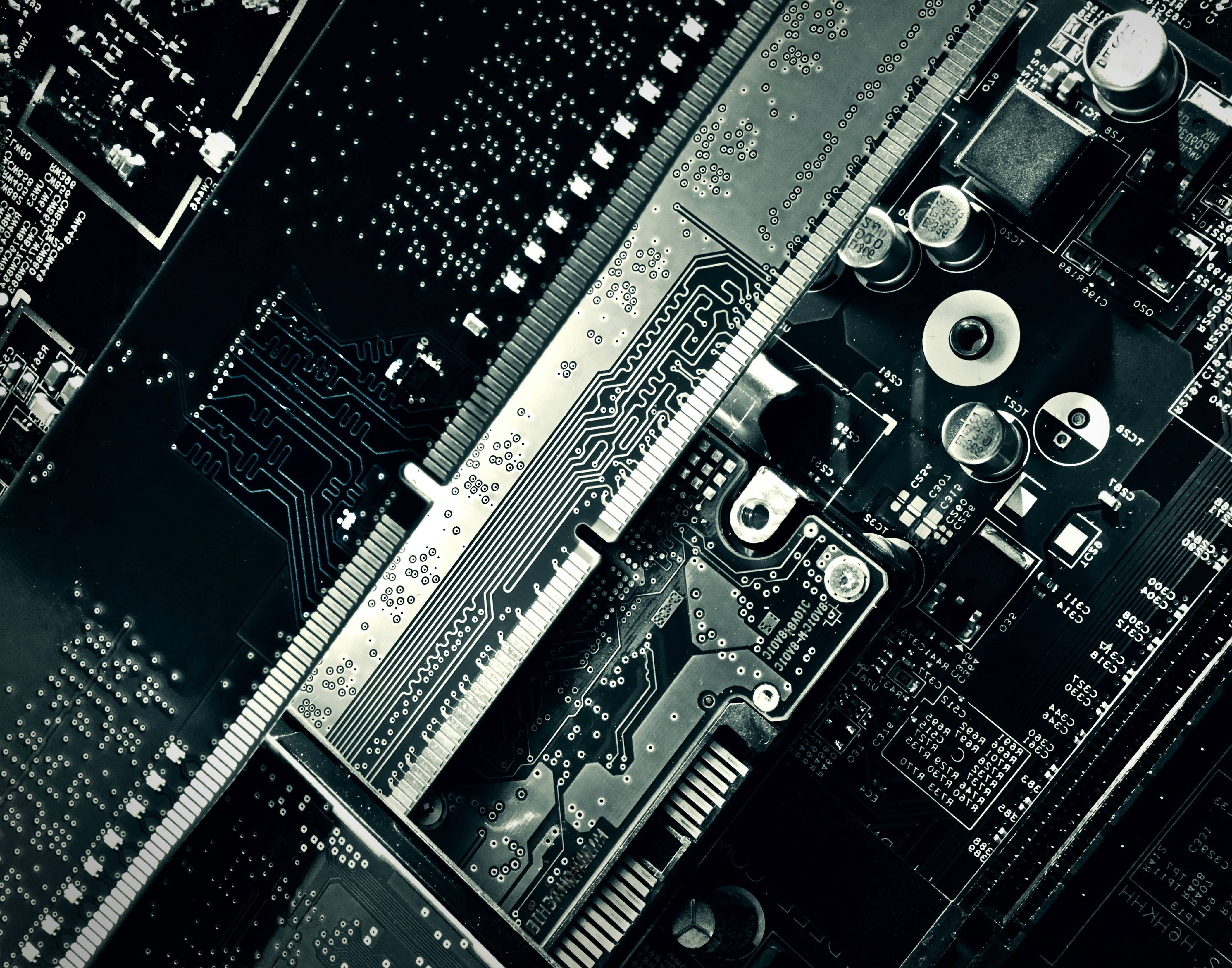A New Era of Health Care:The Trends and Technologies Reshaping an Industry
Over the last few years, we have experienced what some call a golden age for health care, as new medical innovations flourish at an unprecedented rate of growth. Hundreds of billions of dollars1 are being invested into research and development (R&D), once again filling the pipeline with potentially life-changing technologies and treatments.
As we move into this new era of health care, three areas are attracting attention from innovators, inventors and investors: robotic-assisted surgery, computational pathology powered by artificial intelligence (AI) and next-generation genetic sequencing.
Robotic-Assisted Surgery
When the first robotic arms debuted on automotive assembly lines in the 1960s, they were crude instruments capable of performing just a few repetitive tasks.
Today’s robots are anything but. Having made the leap from factories to hospitals, robotic arms are saving lives in the operating room. Robotic-assisted surgery, or RSA, gives surgeons more flexibility, control and precision.
This area is innovating rapidly, particularly with “single-port” surgery. By requiring a single incision, single-port surgery reduces the risk of infection in patients, causes them less pain and speeds their recovery.2 Intuitive Surgical, a company founded over 25 years ago, is seeing great success with its da Vinci SP system. Used by surgeons in over 10 million procedures3, it is proving especially helpful for head and neck surgeons and urologists, whose work involves very narrow areas.
Robotic-assisted surgery (RSA) is also central to the rapidly advancing business of telesurgery, also known as remote surgery. Working from a high-definition view of the patient, surgeons can control robotic arms remotely from their computer. Telesurgery is not only bringing quality medical care to remote populations; it’s also saving lives on the battlefield.
Advanced telesurgery also relies on cutting-edge advancements in medical imaging technology and integrated workflow platforms. The Edison AI Orchestrator from GE HealthCare, for example, provides shared, secure, cloud-based access to medical images, which can help reduce friction and speeds decision-making in clinical, diagnostic and surgical environments.
AI-Based Computational Pathology
Since pathology’s earliest days in the 1800s, cancer has been diagnosed by analyzing tissue samples on slides. This hasn’t changed much in 200 years. What has changed in recent years, however, is who’s looking at the samples. Or, rather, what: More and more, AI is diagnosing cancer.
Powered by AI, computational pathology (CPATH)4 is transforming how laboratories and diagnostic centers work.5 Using advanced pattern recognition, machine learning and other powerful AI technologies, cancer and other diseases can be diagnosed far more quickly and affordably than by the proverbial human hand.
Of course, the industry is well aware that artificial intelligence is only as good as its source data. AstraZeneca is using big data to train its AI-powered digital pathology technology. The goal is twofold: to enhance patient selection for treatments and trials and to create more personalized treatments for cancer and other diseases.6 In the 12 months ending in June 2023, AstraZeneca’s R&D totaled more than $10 billion.7
Computational pathology is also leading to increased interconnectivity in health care; no matter their geographic location, researchers can immediately exchange and compare findings, and even collaborate simultaneously. Much of this is made possible by advances in command center and digital portal technologies, including those produced by GE HealthCare.
Next-Generation Genetic Sequencing
Some kids decide to become scientists while staring up at the stars on a clear summer night. Others become fascinated by what’s inside us: the cells, molecules, even specific strands of DNA that help determine the individual.
Consider: Building upon the standard and traditional DNA sequencing technologies developed in the late 1970s, next-generation genetic sequencing is a 21st-century innovation that is transforming how medical science diagnoses, treats and even prevents many diseases. Cancer researchers, for instance, are detecting tumors earlier with help from powerful, new next-generation sequencing (NGS) technology. On the prescriptive side, genetic insights are helping patients make highly personal decisions on their reproductive health journeys.8
Next-generation genetic sequencing also plays an important role in monitoring for infectious disease outbreaks. By helping to identify novel pathogens, NGS may help prevent the next global pandemic.9
Traditionally, NGS has been costly and time-consuming. However, commercial platforms, such as those from Illumina, are making the technology more widely available. Vertex Pharmaceuticals, for instance, is investing heavily in CRISPR gene-editing technology to treat Duchenne muscular dystrophy, and Amgen is creating new drug treatments from biological sources.
Next-generation genetic sequencing helps power these innovations.
As the health care industry continues to evolve, the continued innovation coming from leading companies in the space will reshape the future of the industry.
1 “U.S. R&D Increased by $51 Billion in 2020 to $717 Billion; Estimate for 2021 Indicates Further Increase to $792 Billion,” National Center for Science and Engineering Statistics, 11/28/23.
2 “Single-Port Surgery,” Cleveland Clinic, 11/28/23.
3 “Intuitive reaches 10 million procedures performed using da Vinci Surgical Systems,” Intuitive, 12/14/21.
4 “Computational pathology definitions, best practices, and recommendations for regulatory guidance: a white paper from the Digital Pathology Association,” National Library of Medicine, 11/28/23.
5 Cui, M., Zhang, D.Y., “Artificial intelligence and computational pathology,” Lab Investigation, 101, 412–422, (2021), 11/28/23.
6 “Transforming cancer diagnostics with computational pathology,” AstraZeneca, 12/9/22
7 “AstraZeneca Research and Development Expenses 2010-2023”, MacroTrends, 11/28/23.
8 “Illumina Sequencing Methods,” Illumina, 11/28/23.
9 “Illumina Sequencing Methods,” Illumina, 11/28/23.





